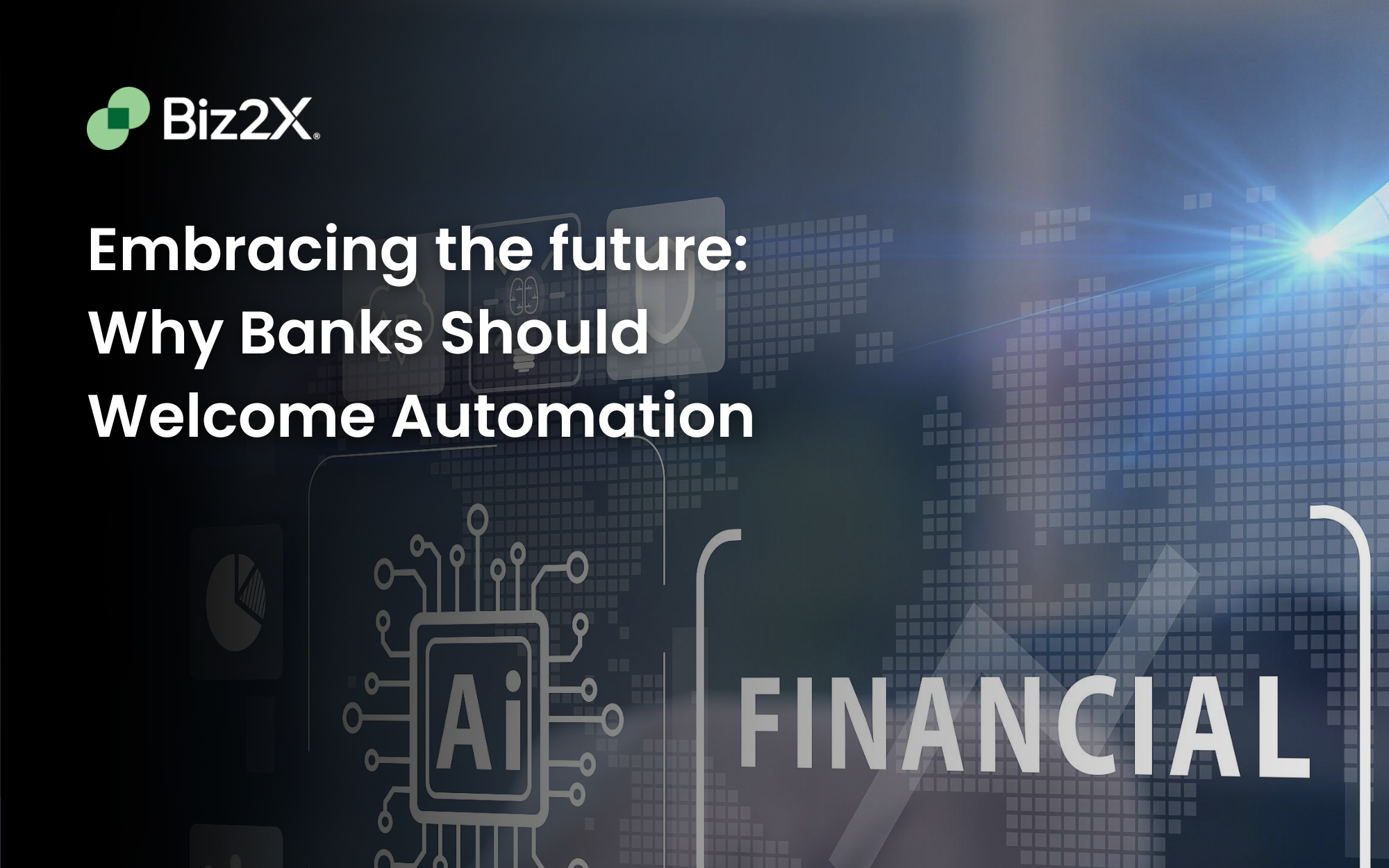For banks, AI is not just about automating processes; it amplifies intelligence for data-driven decision-making. In the customer experience realm, AI-driven automation enables highly personalized services. Additionally, AI integration in compliance ensures adherence to standards, reducing the risk of human error and associated consequences.
Redefining Risk Management with AI-Driven Automation
Risk management, a cornerstone of banking operations, undergoes a paradigm shift with the integration of AI-driven automation. Machine learning algorithms, a subset of AI, possess the capability to analyze vast datasets at unparalleled speeds, identifying patterns and anomalies that might elude human observation.
- In the realm of fraud detection, AI algorithms can swiftly discern irregularities in transaction patterns, preempting potential threats and fortifying a bank's security apparatus.
- Credit risk assessment, another critical facet of banking, stands to benefit significantly from AI automation. Machine learning models can process intricate credit profiles, evaluating multifaceted variables to generate more accurate risk predictions.
This not only minimizes the potential for default but also allows banks to offer more favorable terms to creditworthy customers, enhancing their competitiveness in the market.
Operational Efficiency: The Engine of Innovation
Automation's transformative impact extends beyond customer experience and risk management—it's the engine driving operational efficiency. Mundane, rule-based tasks, such as data entry and reconciliation, can be seamlessly automated, liberating human resources to focus on strategic initiatives that demand creativity, critical thinking, and innovation.
- Take loan processing, for example. AI algorithms can expedite the evaluation of loan applications by swiftly analyzing financial data, credit histories, and market trends. This not only accelerates the decision-making process but also ensures that human expertise is channeled into higher-order tasks, such as assessing the strategic alignment of the loan with the bank's overall objectives.
The Fear of Job Displacement: A Misconception
A prevailing concern surrounding automation, especially in the context of AI, is the fear of job displacement. However, history attests that technological advancements, rather than eliminating jobs, lead to a shift in job profiles.
- As routine tasks become automated, the demand for skills related to AI, data analytics, and process optimization burgeons.
- For banks, this means an opportunity to upskill their workforce, fostering a culture of continuous learning and adaptation.
Banks should view automation as a catalyst for workforce evolution, preparing employees for roles that necessitate a synthesis of human judgment and AI-driven insights.
The Imperative of Strategic Implementation
While the benefits of automation, particularly AI, are abundantly clear, strategic implementation is paramount. Banks must adopt a holistic approach that aligns automation initiatives with overarching business objectives. This involves not only investing in cutting-edge technologies but also cultivating a culture of innovation and adaptability.
Strategic partnerships with fintech firms specializing in AI and automation can provide banks with the expertise needed to navigate the intricacies of implementation. Moreover, fostering a collaborative environment that encourages cross-functional cooperation between technology experts and banking professionals is essential for the seamless integration of automation into the fabric of banking operations.
Learn more about how automation works in business lending for banks. Schedule a call for a personalized demo with a Biz2X lending specialist.






